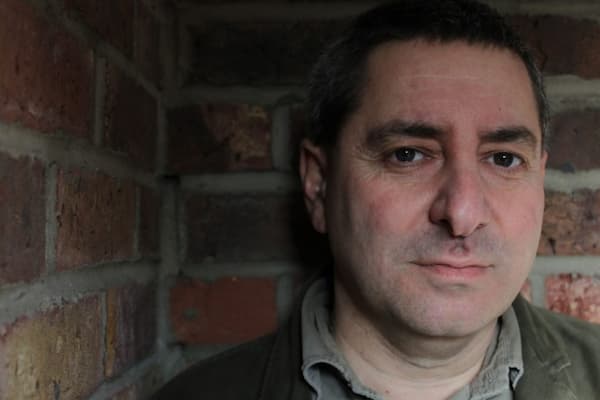When searching for repertoire for my students to perform at local festivals, I discovered the compositions of Naoko Ikeda, a talented Japanese composer and teacher. Her pieces are full of beautiful, flowing melodies that I thoroughly enjoy teaching and playing. In the interview, Naoko introduces herself and shares the inspiration behind all of her beautiful compositions.
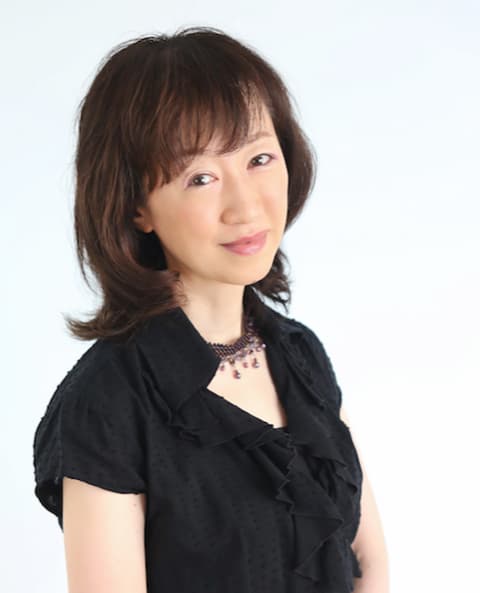
Naoko Ikeda
Can you introduce yourself and tell us your musical background?
I was born in Sapporo city in the north of Japan and still live here. I am a piano teacher and have been publishing original piano works from Willis Music for about 20 years. I started taking singing lessons at the age of 4 and piano lessons at the age of 6 under the supervision of my music-loving parents. I became interested in composing when I encountered William Gillock’s Lyric Preludes in Romantic Style when I was in junior high school. His works are simple and have a beautiful sound, and various scenes come to mind. I thought it would be wonderful if I could make such a rich piece one day.
In addition to Gillock’s work, what other sources of inspiration do you utilize when composing?
Melody is the most important thing for me. For example, if a melody comes to mind and you can feel the colors and scenery, you can use that as a trigger to continue writing the song. The music I’ve listened to so far (classical, jazz, popular songs, etc.), the books I’ve read, the movies, the paintings, the poems, the starry skies, and the landscapes of nature have made me do this. It inspires me and expands my imagination.
A lot of your pieces are related to Japanese aesthetics. What are the elements of Japanese music?
Soft Rain by Naoko Ikeda | Miyabi 5 Japanese Impressions for Piano Solo
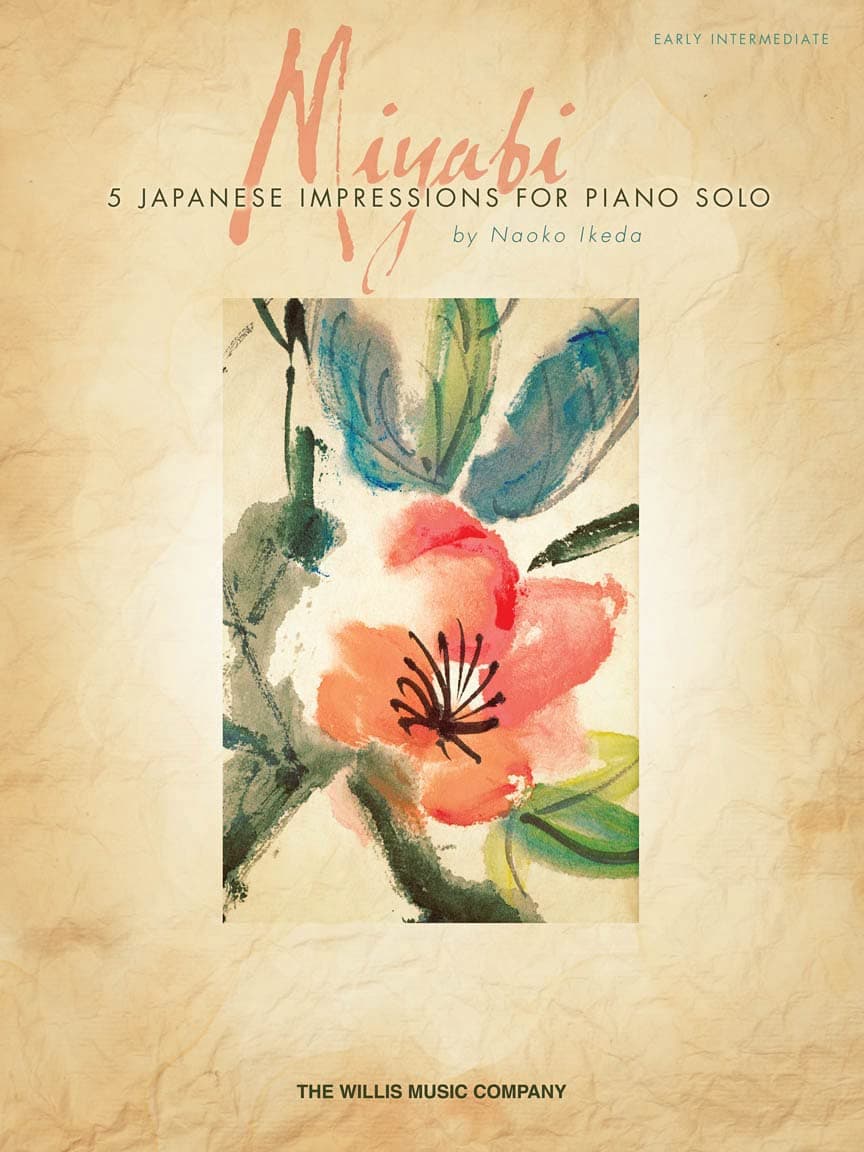
Naoko Ikeda: Miyabi: Early Intermediate Level
Now that my work will be published in the United States, I would like to introduce to you a piece that has a Japanese sound and a feeling of culture in me. I would be very happy if you could feel the beauty. In Miyabi, which has a Japanese theme, I have devised Japanese koto scales in my way and mixed them with Western scales and chords to create a collection that is easy to get along with. In addition, I hope that it will be an opportunity to introduce Japan by incorporating the sounds of Gagaku and the rhythms of Japanese festivals.
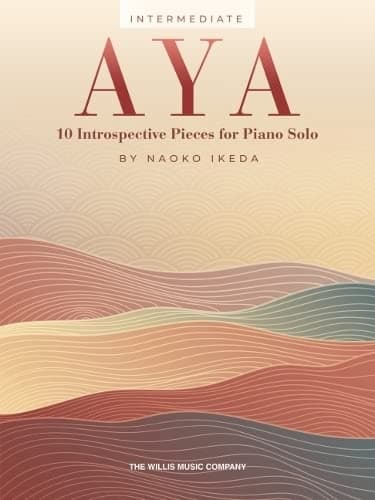
Naoko Ikeda: Aya: 10 Introspective Pieces for Intermediate Piano Solo
“Aya” is a solo collection that was published last year. It contains 10 pieces written in a variety of styles, including Japanese works, that can be enjoyed by intermediate-level students.
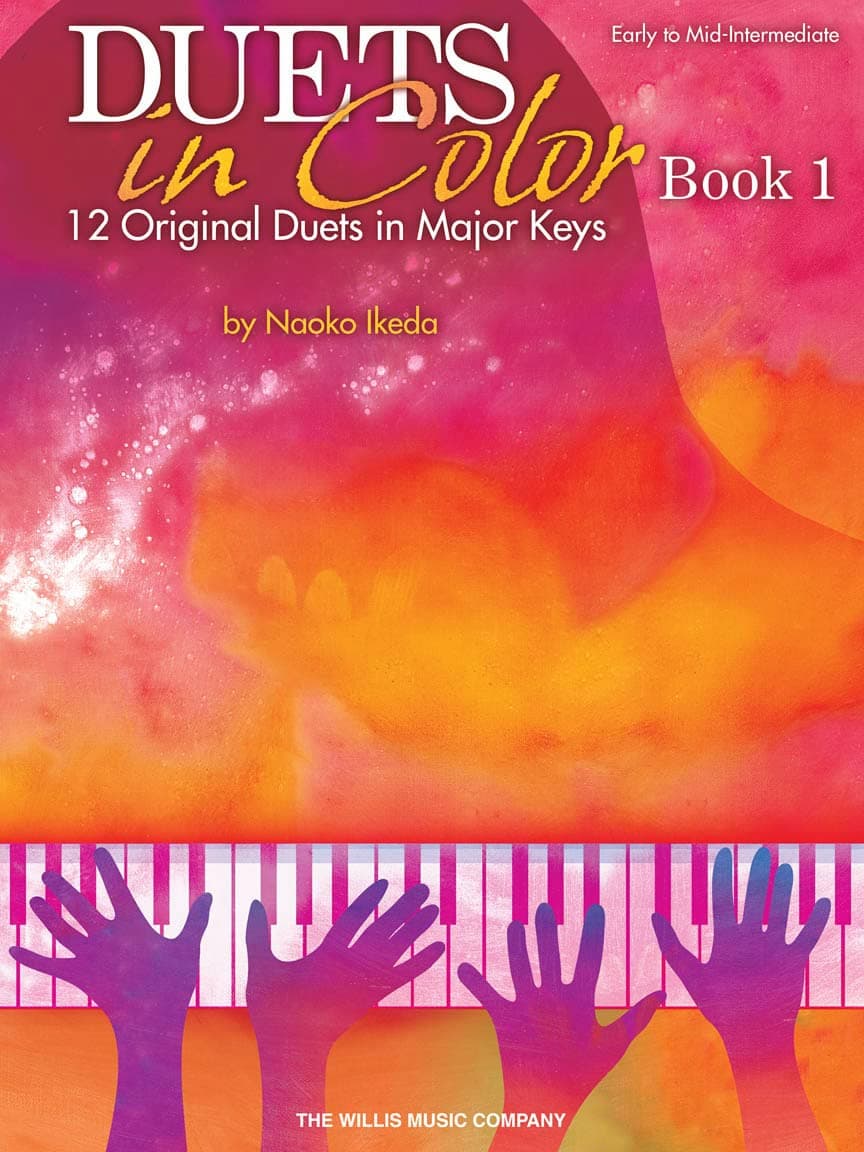
Naoko Ikeda: Duets in Color – Book 1: Early to Mid-Intermediate Level
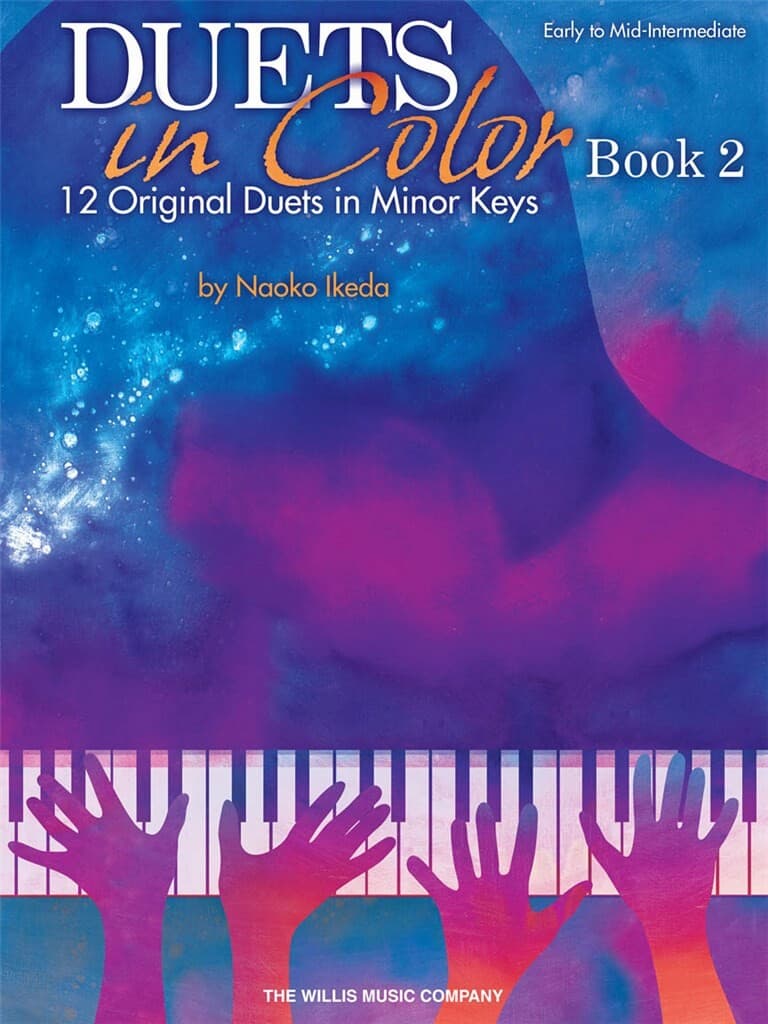
Naoko Ikeda: Duets in Color – Book 2: 12 Original Duets in Minor Keys
These are the duets’ collections that I wrote in 24 keys. The book is divided into two volumes, a major key, and a minor key, but C major and C minor, G major and G minor are composed as a set and have some common points such as the same melody and rhythm etc. I think it’s my masterpiece!
Many of your compositions are written for students. They are all beautifully written. Do you mean to write for students? What draws you to write music for students?
A Sea of Clouds, piano solo by Naoko Ikeda
Of course, in order to benefit the students, I try to incorporate technical elements into the works for the elementary level so that they can be enjoyed. This is a very rewarding job! As for the intermediate-level works, I compose them not only for the sake of my students but also for my friends and piano teachers to take a break and enjoy playing them. I would be happy if the students who played it could try out what kind of sound they wanted to play with what they envisioned from the piece, just like I did with Gillock’s work. As a composer, I’m looking forward to letting everyone hear a new side of the piece!
As a composer in Japan, what does your daily life look like? Do you have hobbies besides music?
Cool Chartreuse, a piano duet by Naoko Ikeda
Like most of you, I am a piano teacher. Currently, I have lessons three days a week, and I also do workshops and lessons on my own work from time to time. Willis let me go at my own pace, so I started composing little by little, writing a few songs, putting together an idea for the collection, and starting discussions with the editor. My hobbies are listening to music, reading books, and looking at artworks…all of these things inspire me to compose music. I want to go on a trip soon, so I’m checking travel TV programs.
For more of the best in classical music, sign up for our E-Newsletter

